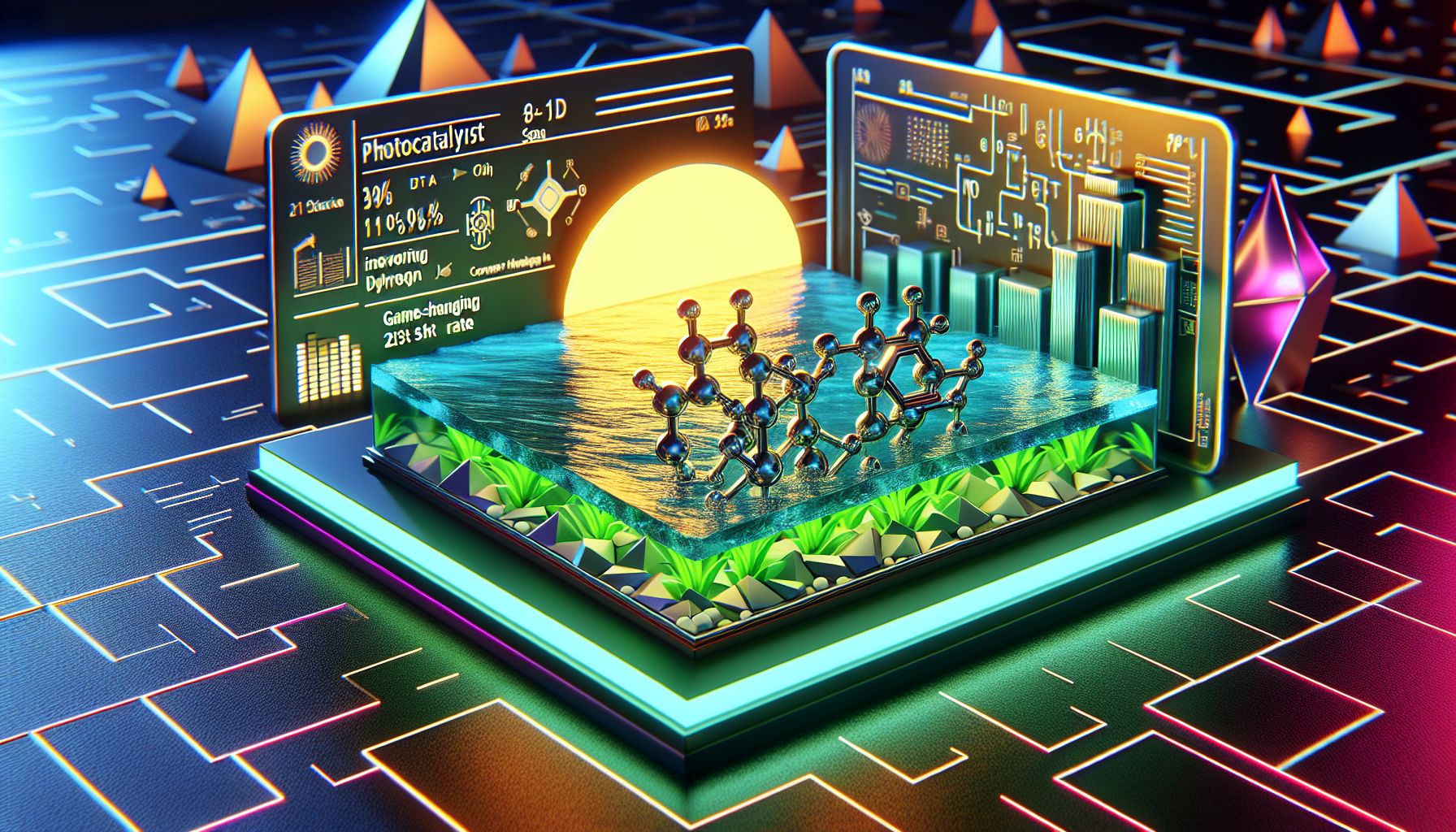Harnessing Sunlight: Nickel Photocatalyst Transforms Seawater to Green Hydrogen

London, Thursday, 23 October 2025.
A new nickel-based photocatalyst uses sunlight to convert seawater into green hydrogen, achieving 144 μmol/g/h rates. It’s a game-changer for sustainable energy, staying stable for 720 hours.
Introduction to the Breakthrough
Imagine turning seawater into clean energy with just sunlight! I came across an exciting development—a nickel-based photocatalyst that does exactly this. It achieves a hydrogen evolution rate of 144 μmol/g/h, making it a potential game-changer in sustainable energy production [1].
Longevity and Efficiency
What’s even more impressive is its stability. The catalyst remains active for over 720 hours, showcasing its durability. This could mean less frequent replacements and lower costs in real-world applications, which is quite a relief for anyone concerned about the longevity of green technologies [1].
Implications for the Future
This innovation isn’t just a scientific curiosity; it’s a beacon for the energy, transport, and industrial sectors. The use of green hydrogen could significantly reduce carbon emissions, paving the way for a decarbonised economy. I’m particularly thrilled about what this means for future energy solutions [1].
Global Perspectives and Collaborations
Research involving several European universities and institutes highlights the collaborative nature of this project. This teamwork underscores the global commitment to sustainable energy. It’s not just about one country leading the charge; it’s a collective effort to tackle global challenges [2].
Conclusion and Future Prospects
As we look forward, the potential commercialisation of this technology by late 2026 could revolutionise how we think about energy sources. With continued support and development, this nickel-based photocatalyst might just be the key to unlocking a cleaner, greener future [1][2].